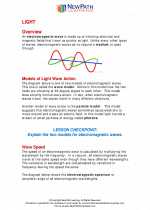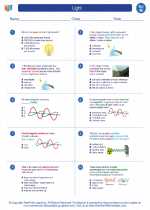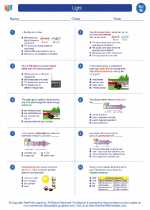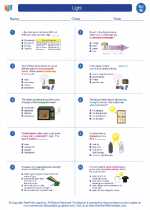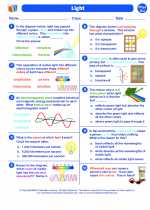Hubble Space Telescope
The Hubble Space Telescope is a powerful space telescope that orbits the Earth, providing astronomers with incredible views of the universe. It was launched into orbit by the Space Shuttle Discovery in 1990 and has since provided stunning images and valuable scientific data.
Key Features of the Hubble Space Telescope:
- High-Resolution Imaging: Hubble's primary function is to capture high-resolution images of celestial objects, including galaxies, nebulae, and stars. Its images have provided valuable insights into the structure and evolution of the universe.
- Ultraviolet and Infrared Capabilities: Hubble is equipped with instruments that allow it to observe celestial objects in ultraviolet and infrared wavelengths, providing a comprehensive view of the cosmos.
- Long-Term Observations: Hubble has the ability to observe the same object over an extended period, allowing astronomers to study changes and phenomena that occur over time.
- Repair and Upgrades: Over the years, astronauts have conducted several servicing missions to repair and upgrade Hubble's instruments, ensuring its continued operation and scientific productivity.
Scientific Discoveries Enabled by Hubble:
The Hubble Space Telescope has contributed to numerous groundbreaking discoveries in astronomy, including:
- Confirmation of the existence of supermassive black holes at the centers of galaxies
- Measurement of the rate of expansion of the universe, leading to the discovery of dark energy
- Identification of exoplanets orbiting distant stars
- Observations of distant galaxies, providing insights into the early universe
Study Guide:
To further understand the Hubble Space Telescope and its contributions to astronomy, consider exploring the following topics:
- Overview of Hubble's Instruments and Capabilities
- Impact of Hubble's Images and Data on Our Understanding of the Universe
- Comparison of Hubble's Observations with Ground-Based Telescopes
- Significance of Hubble's Servicing Missions and Upgrades
- Future of Space Telescopes and the Successor to Hubble
By delving into these topics, you can gain a comprehensive understanding of the Hubble Space Telescope and its role in advancing our knowledge of the cosmos.
